USING STORY BOARDS AND FRIENDS TO HELP YOU PLOT
By Debra HollandI wrote my first historical romance because a scene came to me as I was trying to take a nap--a couple riding along a river. Then I had to figure out what the story was. I wrote about ninety pages before I discovered RWA and my wonderful writing teacher, Lou Nelson and REALLY learned to write fiction. (Active verbs, who knew?)
Thanks to Lou, that book, Wild Montana Sky, didn’t end up under my bed, but instead won a Golden Heart.
After I finished WMS, writer friends told to have a second book ready, so if an editor asked me for another book, I’d have one to offer. I started writing, Starry Montana Sky, this time with more of an idea of the story.
Then I became sidetracked into writing Science Fiction and Fantasy. I tend to reread my favorite fantasy series about every other year. Five years ago, I’d just finished about my 10th round of Mercedes Lackey’s Companions/Valdemar books.
I was driving to work thinking about her work, and I said out loud, “I could never write like that!” Being a psychotherapist, I had to challenge myself on my negative attitude. I responded by saying “How do you know? You’ve never tried. Don’t say you can’t until you’ve given it a good try.”
So I took up my own challenge and started to think about a fantasy world. By the time I arrived at my office, I had the bare bones of Twinborne Trilogy, Lywin’s Quest. I scribbled down my notes and mentioned the ideas at my next critique group. Everyone liked the story and encouraged me to explore it more. Two months later I described the story to my writer friend, Elda Minger. She also encouraged me to write the book.
For each book I write, I buy a small notebook with pockets. I carry the notebook with me and scribble down anything that pertains to the story. The need for pockets came from the times I didn’t have the notebook with me, and I’d jot notes on a napkin or the back of a business card. These got tucked into the pocket of the notebook.
For Twinborne Trilogy, I bought a notebook with three sections because I had wanted room for each book of the trilogy.
During the time I constructed Lywin’s Quest, in my critique group, Lou embarked on lessons about plot structure. In every session, she lectured about a different part of the Three Act Structure.
As Lou lectured, I’d dutifully take notes, then a scene for LQ would hit me. I’d pull out my notebook, open it next to the paper I was using to take structure notes, and scribble the scene down.
Soon, I had a vague outline in my notebook, but it was incomplete. Because I was building such a complicated book, I wanted a more visual way of seeing my story, and I knew I’d need some help.
I consulted Elda, who had plenty of practice with plotting in groups. Using her suggestions, I invited three of my writer friends, including Elda, to a plotting retreat at my cabin in Big Bear Lake, California. We drove up for the weekend, and each of us planned to take half a day to share the plot of our story and get help from the others in fleshing it out.
 We brought the following supplies to help us plot:
We brought the following supplies to help us plot:· One large cardboard backdrop. (If you think of a three-sided backdrop to a science project, you get the idea.)
· A stack of sticky notes/Post Its in various colors.
· Markers
· White poster paper
· A roll of tape
· Various baked goods, candy, and other snacks
On Friday night, we each took three sheets of large poster paper, one for each act. Then we filled out a sticky for every scene (that we knew of) in our books. On the sticky, we briefly wrote in big letters what took place in the scene.
We used different colors for the hero, heroine, and villain. We also used a second sticky, on which we’d mark various plot points (like DM for darkest moment) and place it next to the sticky that described what happened. We’d post blank stickies (in still another color) on any scenes where we didn’t know what was to happen.
Once we filled out all the stickies, we lined up the scenes on the paper, until all the scenes in the act could be seen, a colorful, giant chart. So although we didn’t have pictures of our scenes like are used in making movies, we had our own form of storyboards.
The next day, one of us taped her three charts to the cardboard backdrop and propped it on the end of the dining table. Then she explained each sticky in the story. Everyone could see her weak areas and empty spaces, and we’d brainstorm ideas to strengthen or add to the story.
As the writer changed or added to her plot, she moved stickies around and added new ones. We didn’t stop until we finished each writer’s whole book, but we managed to keep to our half a day per person deadline. It helped that the other writers had simpler stories that they intended to submit to one of the Harlequin/Silhouette lines.
At the end of the weekend, we had four tightly plotted books. Tired, but satisfied with our work, we rolled up our papers and took them home.
Over the next months and years (I veered back to writing the historical and another fantasy series,) when I wanted to work on LQ, I’d take out my charts to make sure I stayed true to what I’d plotted. I added a LOT more scenes to the book than I’d originally plotted, keeping track of my ever-expanding outline in my notebook. But the threads of the plot stayed fairly true to my chart.
I finally finished LQ. (At 125,000 words, it’s a BIG book.) Afterwards, I unrolled my tattered charts, spreading them across my bed. I stared at them for a long while, remembering. The storyboard process had given a structure to my dream of a story and made it real. And because of that realness, I could write and finish the book. What a wonderful feeling! (I’m not sure I’d have finished it if I hadn’t spent that weekend in Big Bear.)
Lywin’s Quest was the last fiction book I wrote. I’ve since turned my attention to nonfiction, although I’ve done some revising my other books. But I have new story ideas clamoring for my attention, and one of these days I’m going to head up to Big Bear with a group of writer friends. Want to come along?

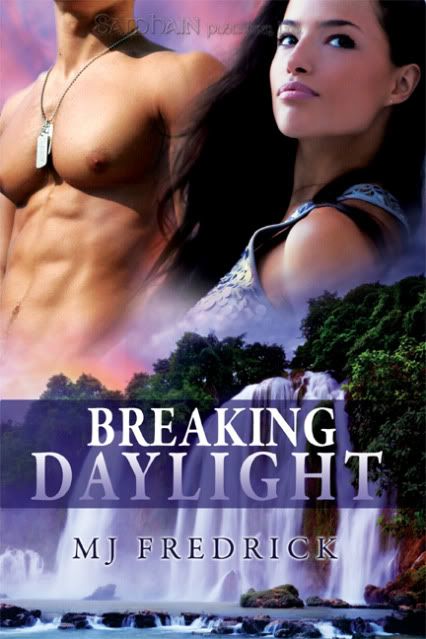
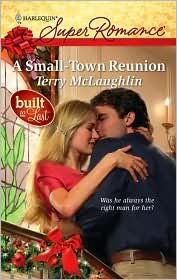
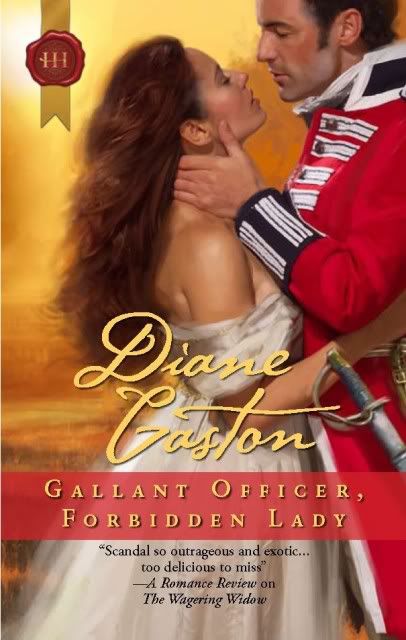
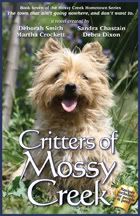

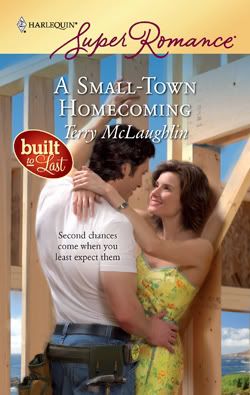
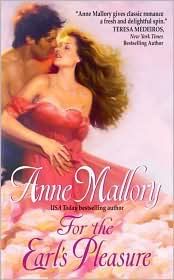

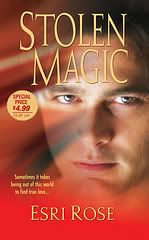
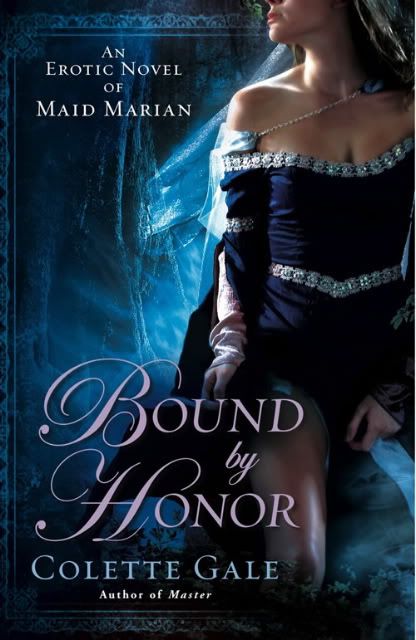
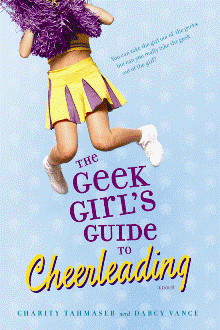
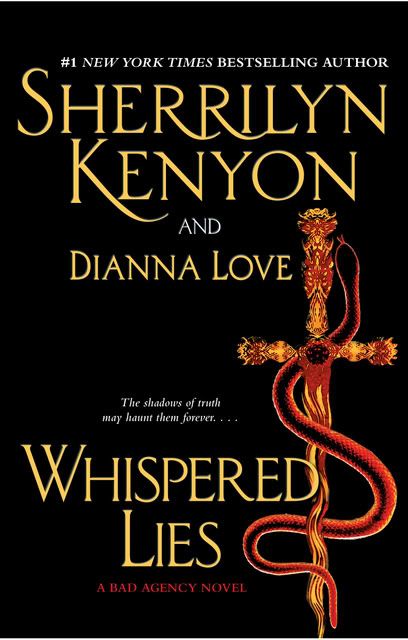
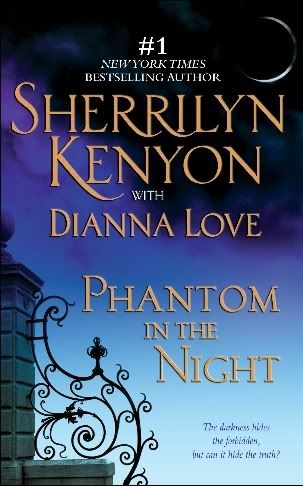




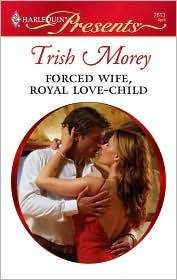
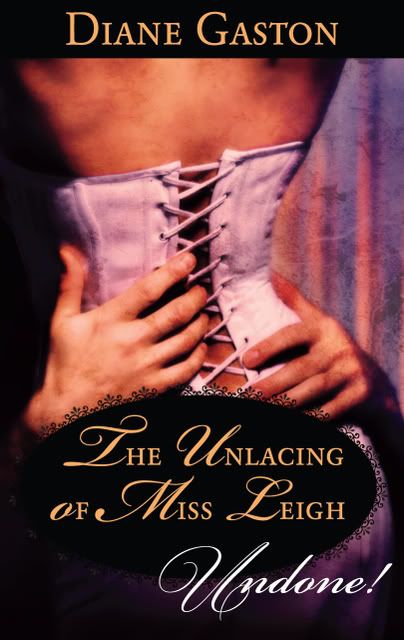




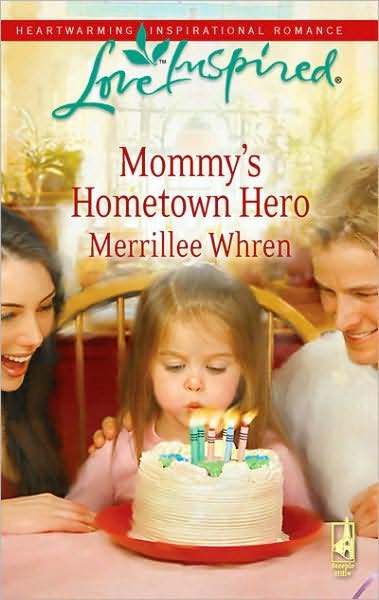
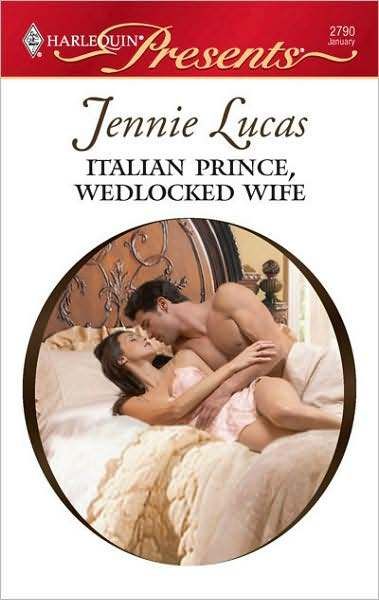
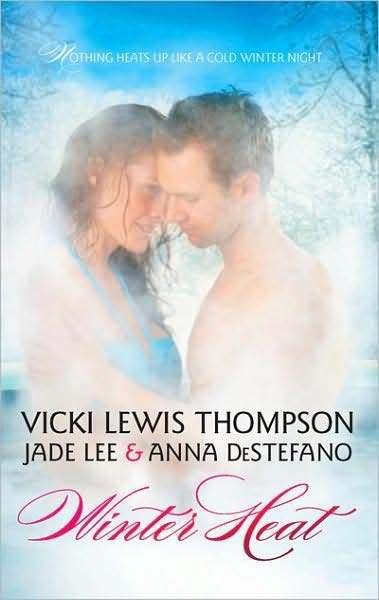
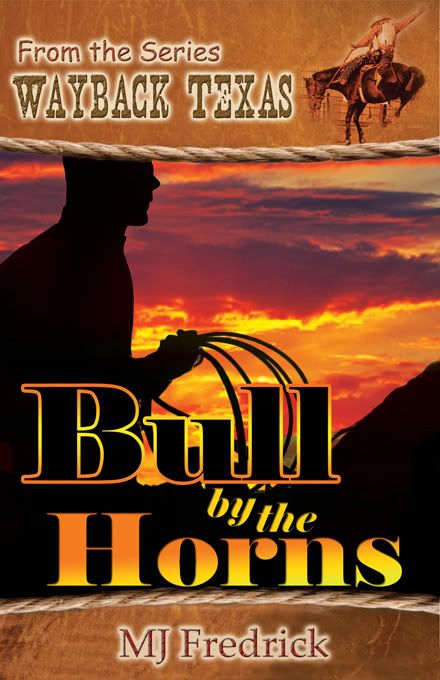
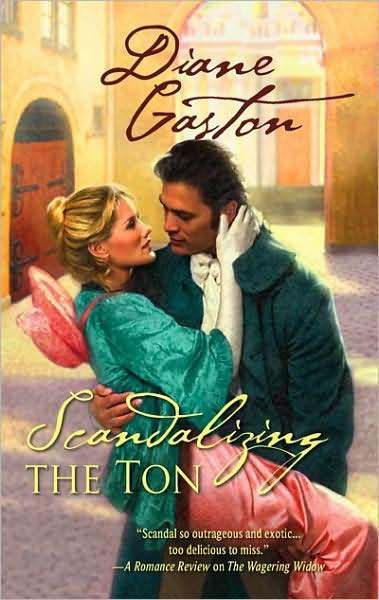
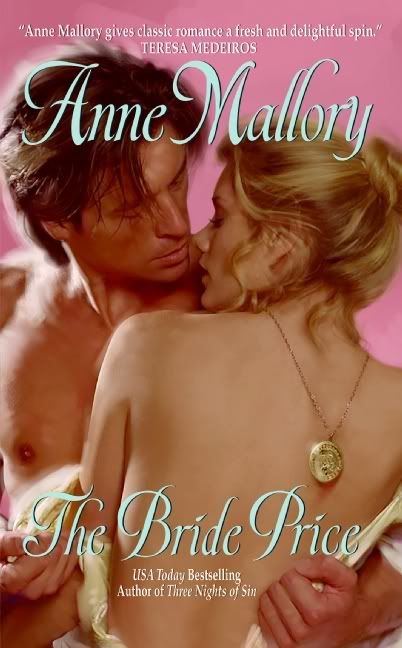
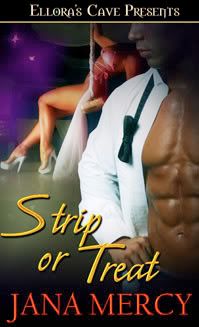
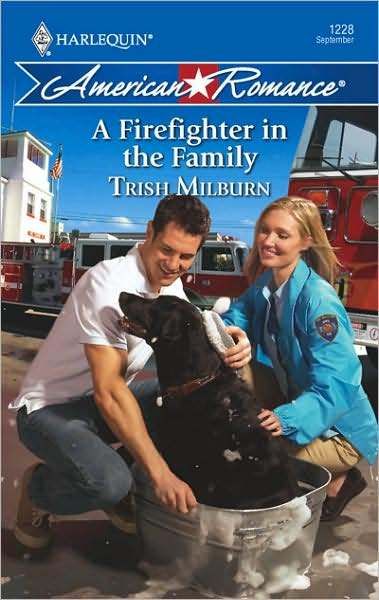
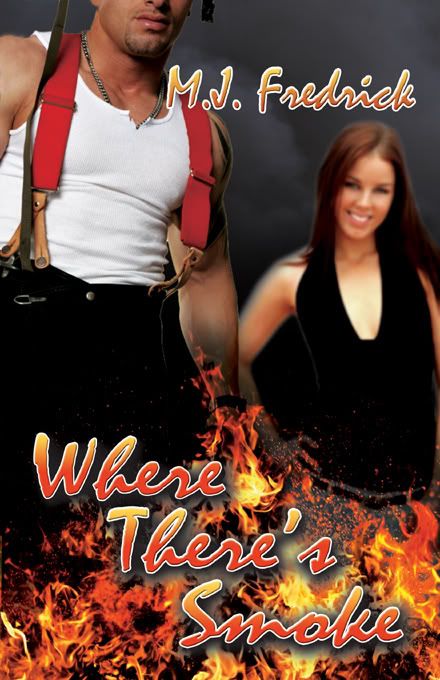
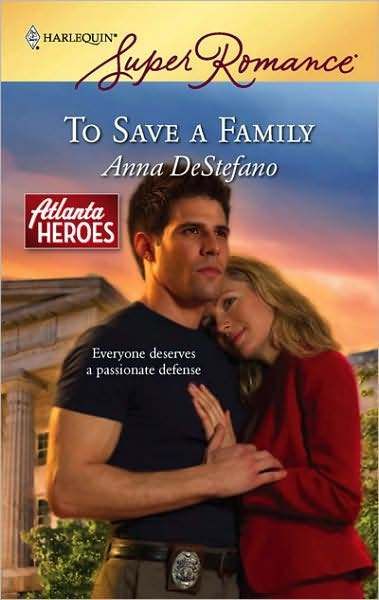


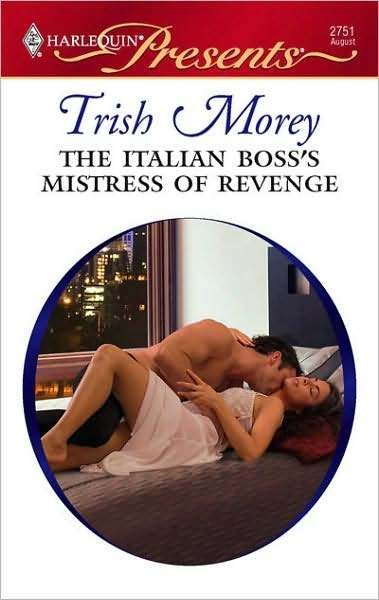
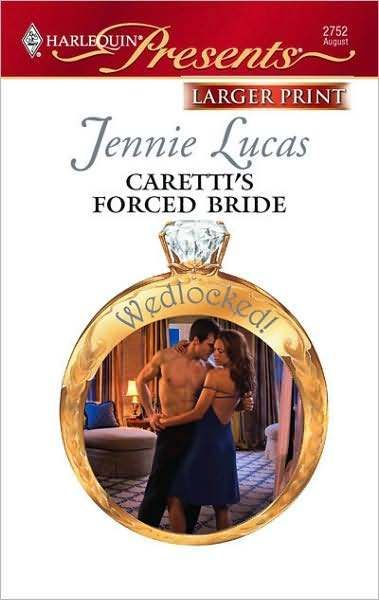



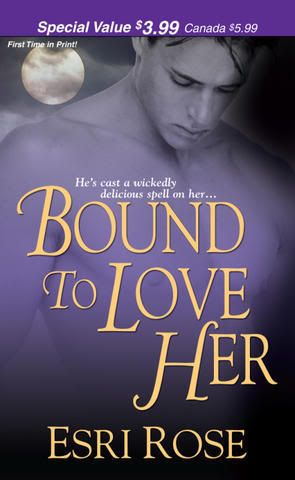

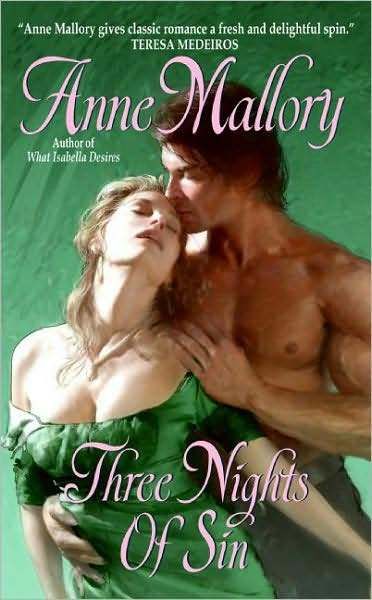
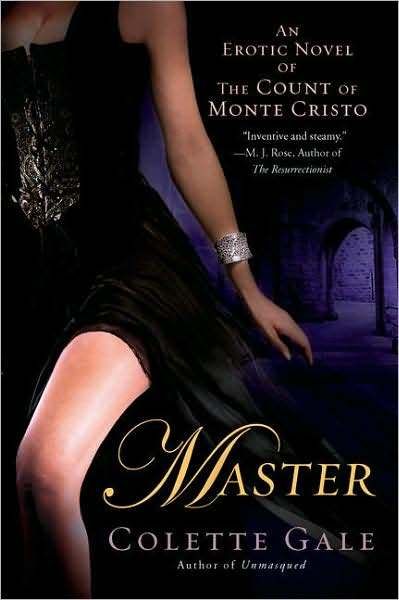
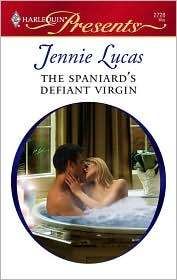




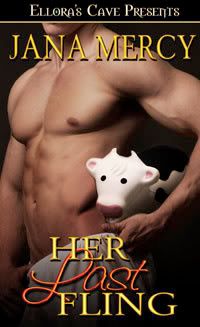
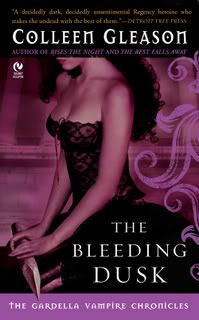
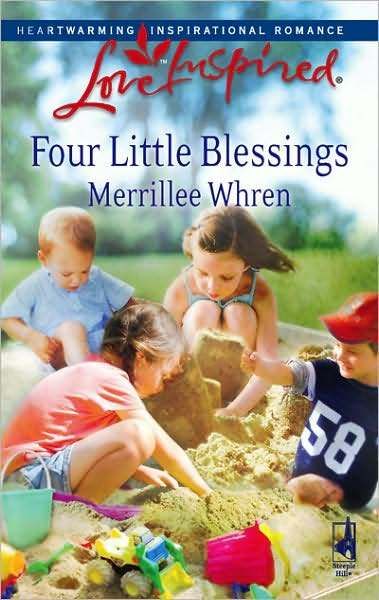

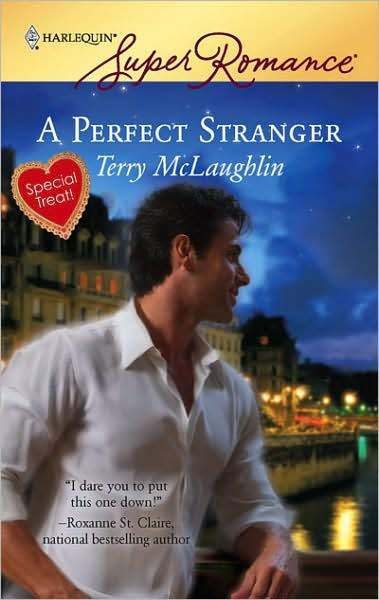


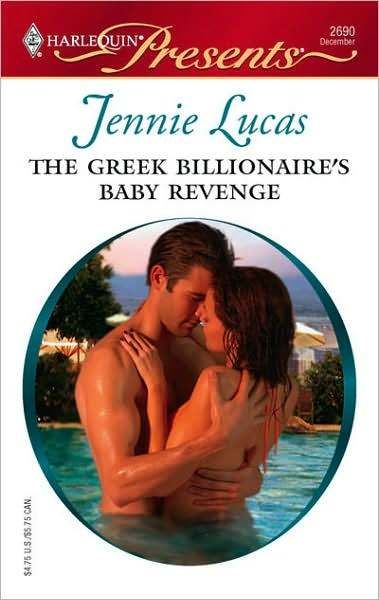

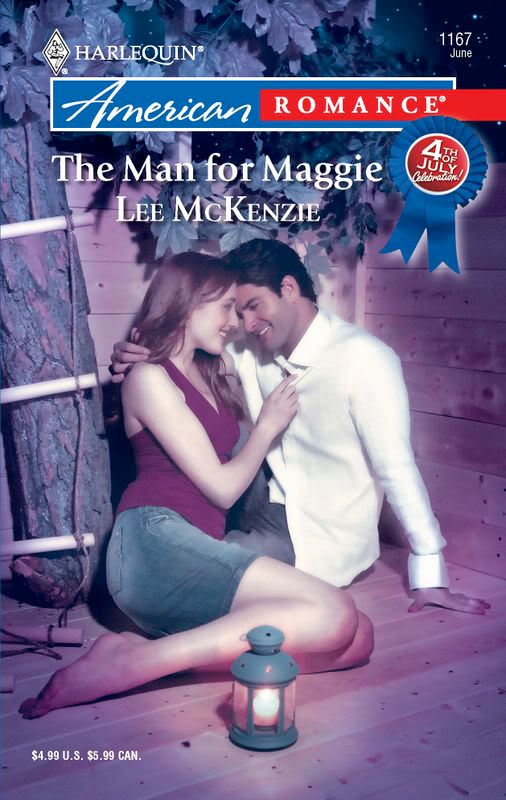
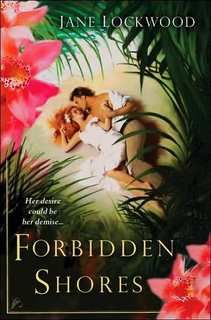

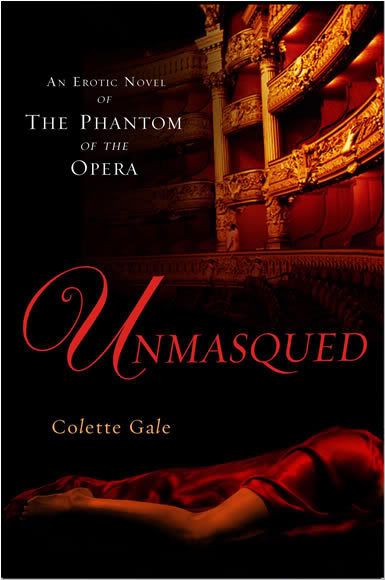
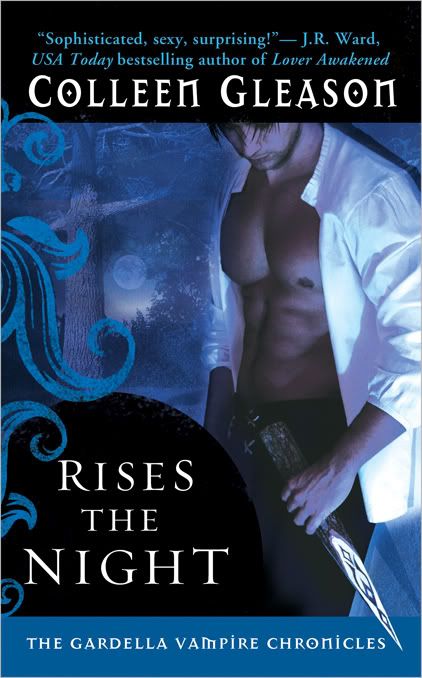
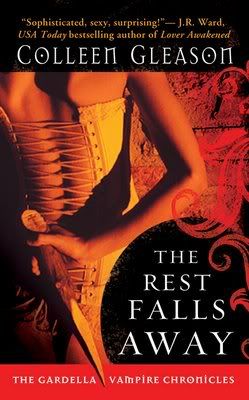
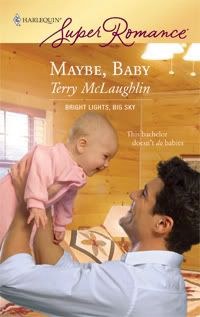
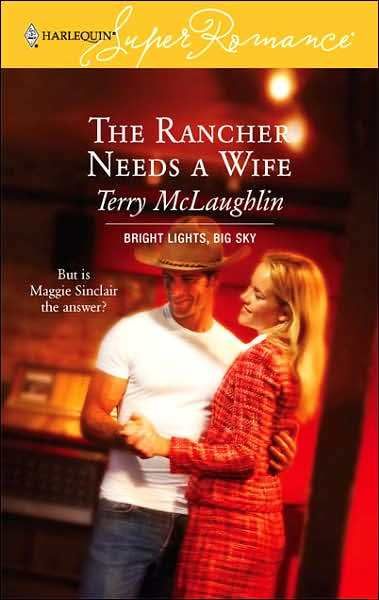
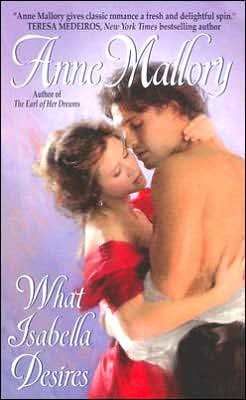
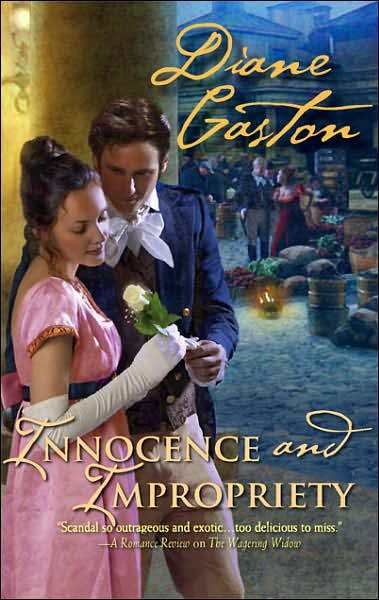
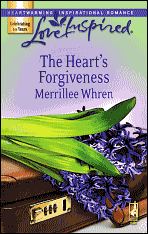
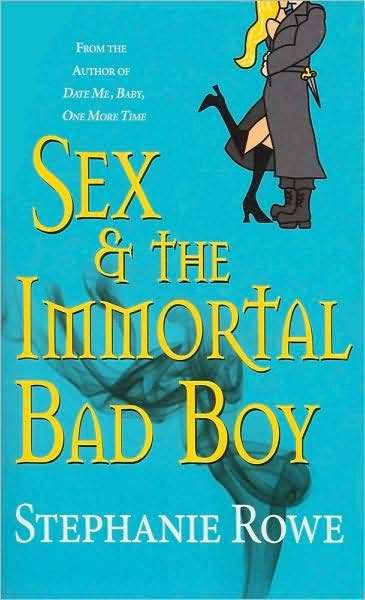
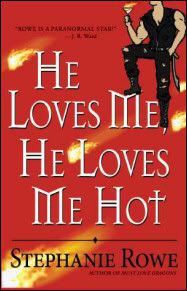
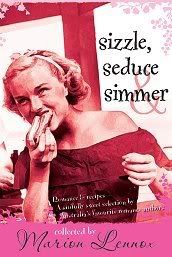
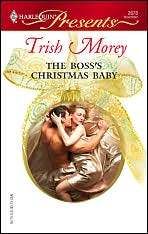
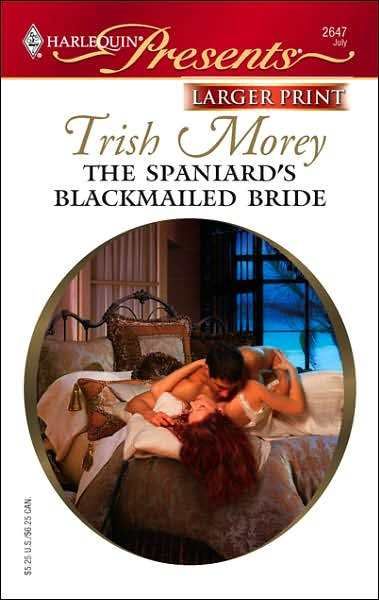
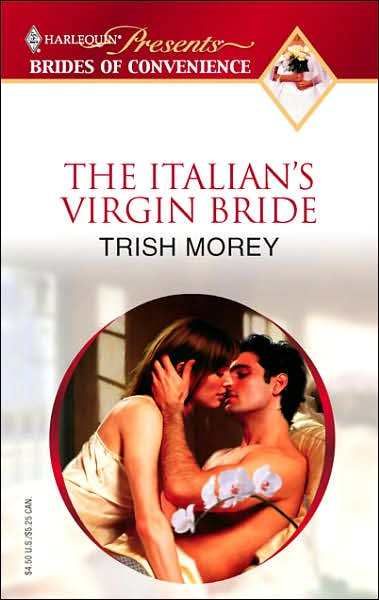
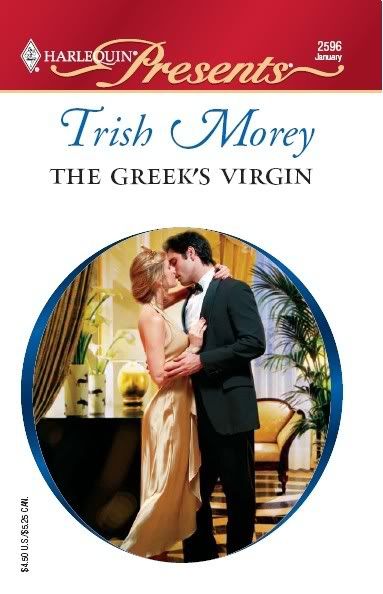

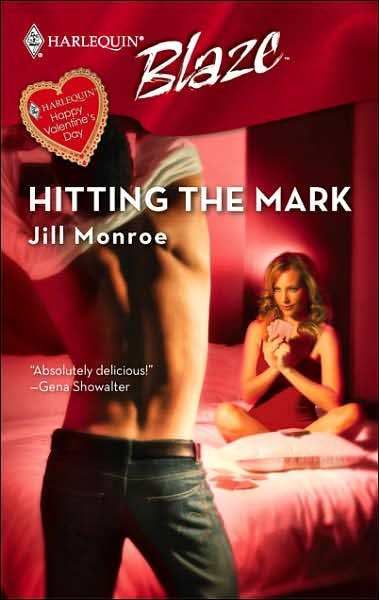
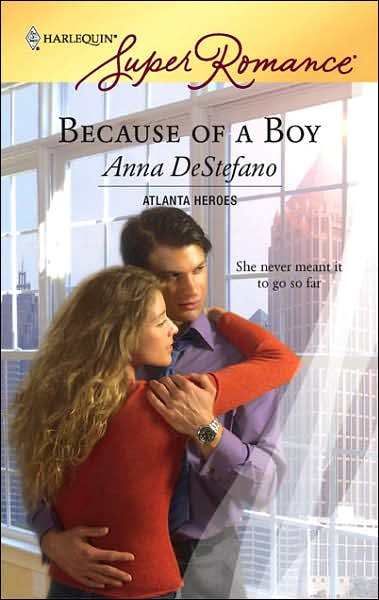
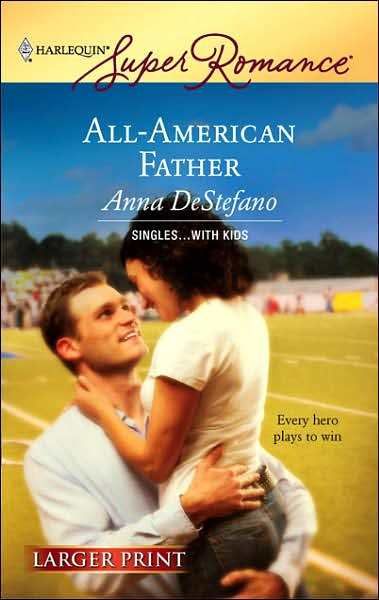
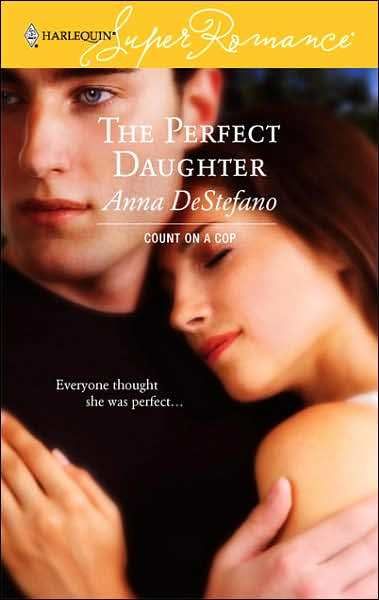
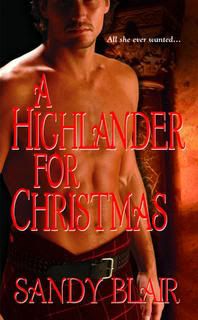
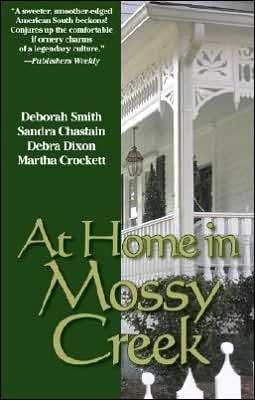
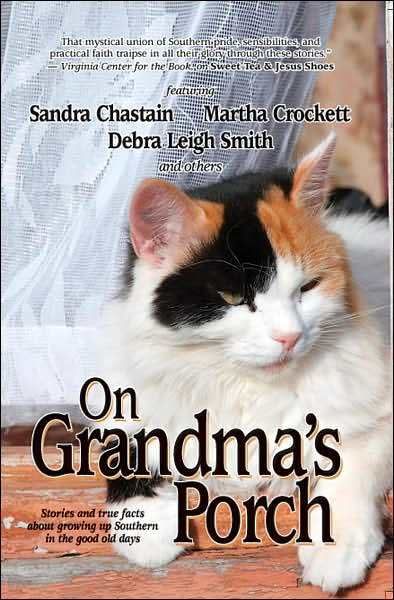
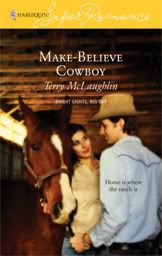

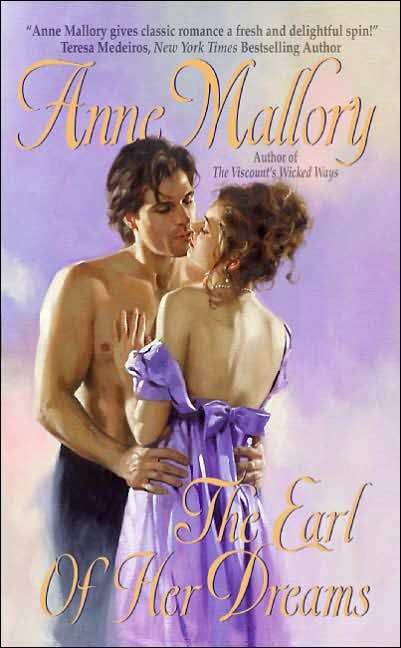
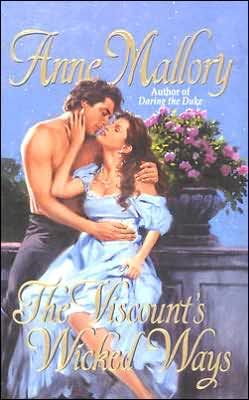
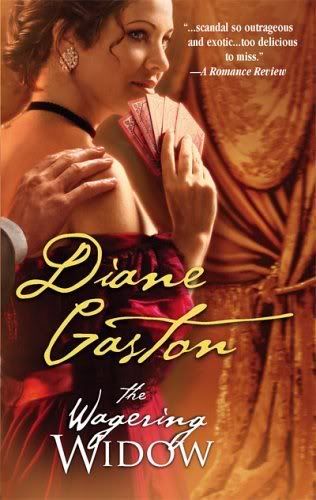
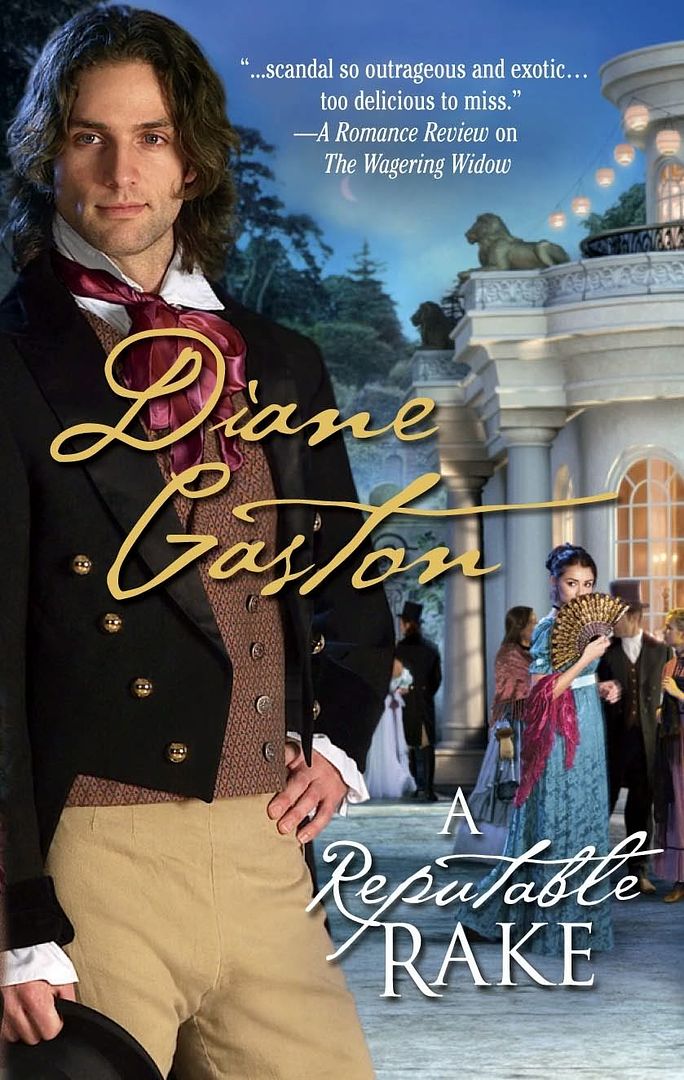
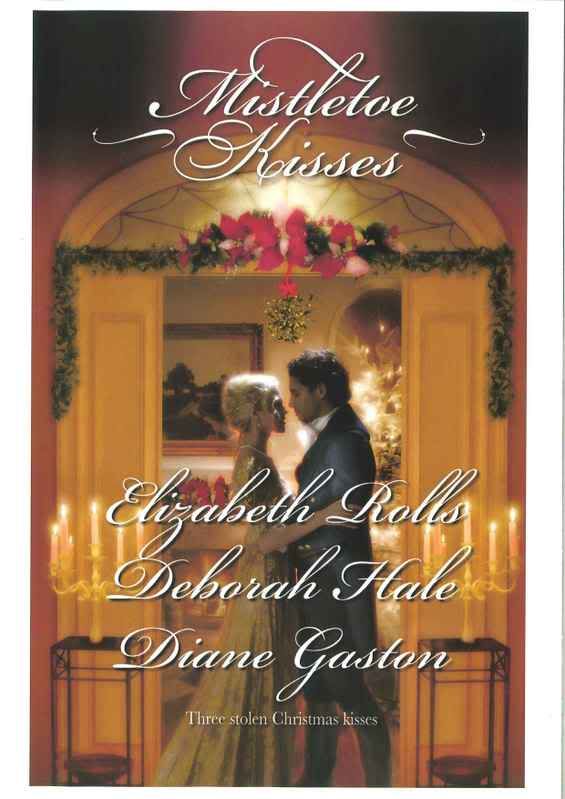
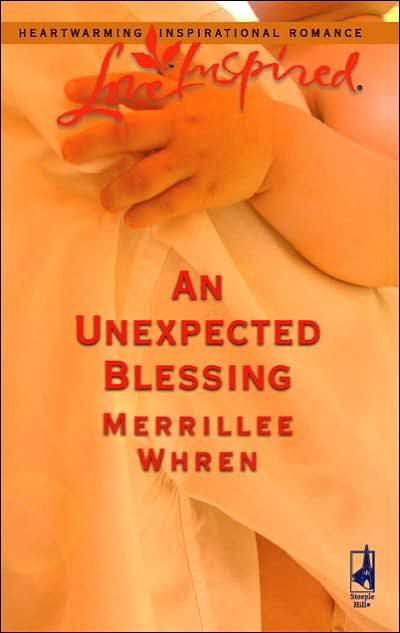

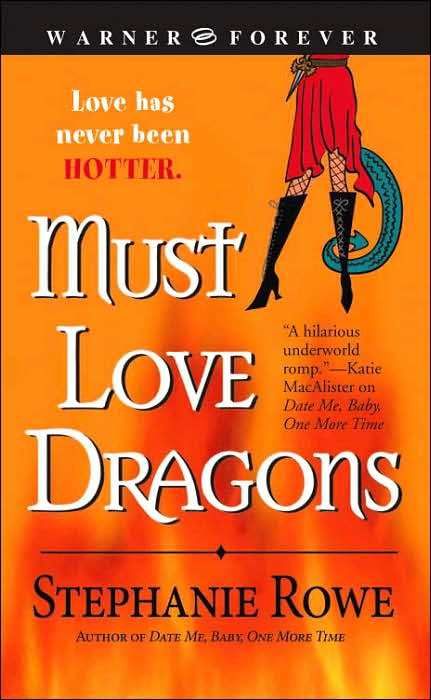
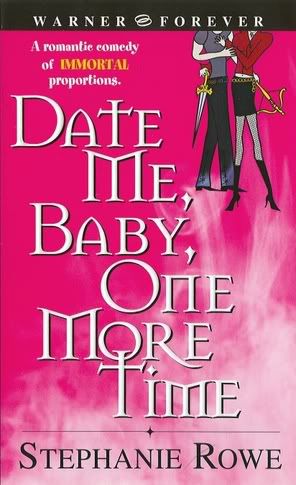
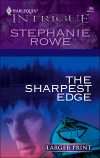
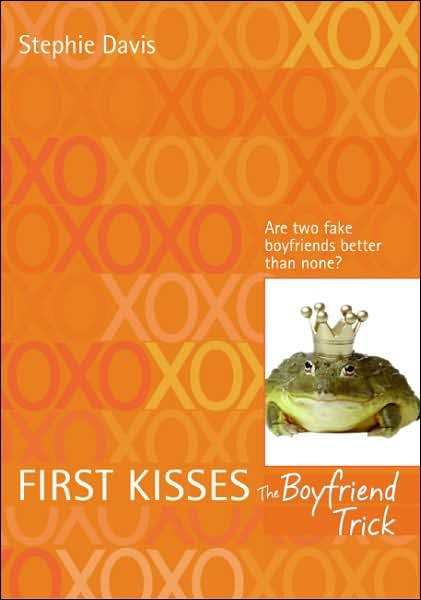
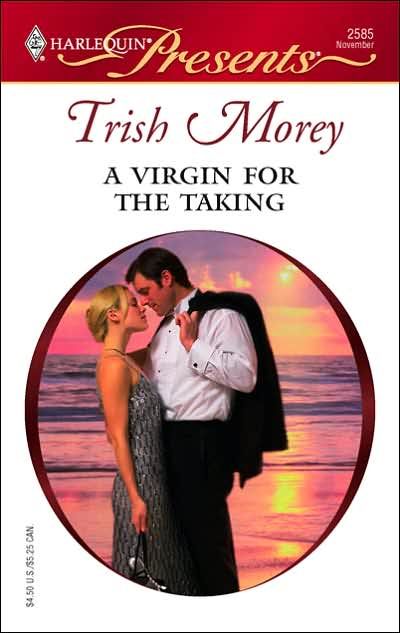
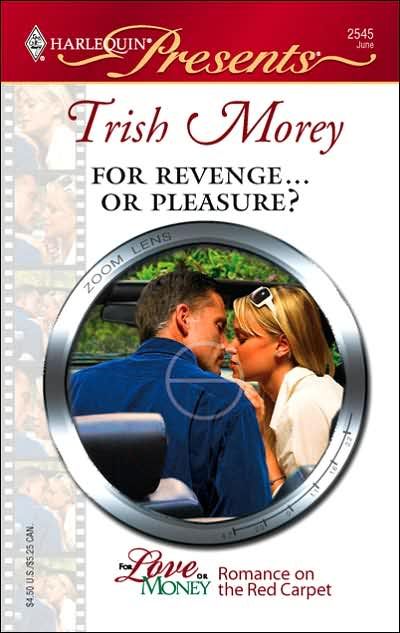
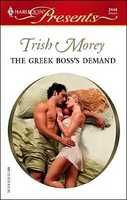



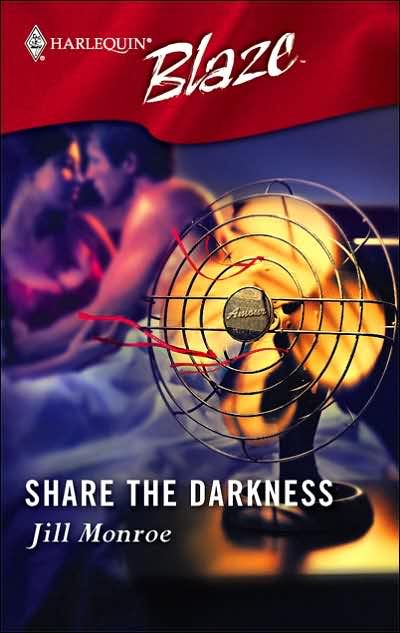

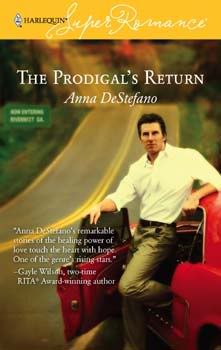


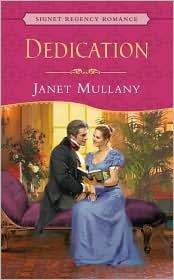
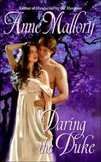
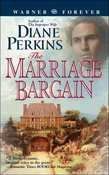
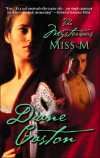

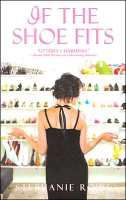

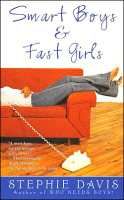


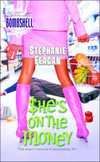
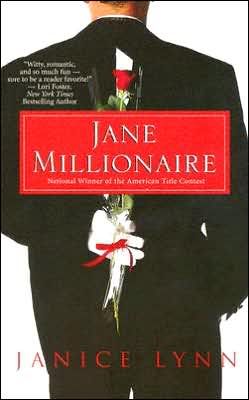


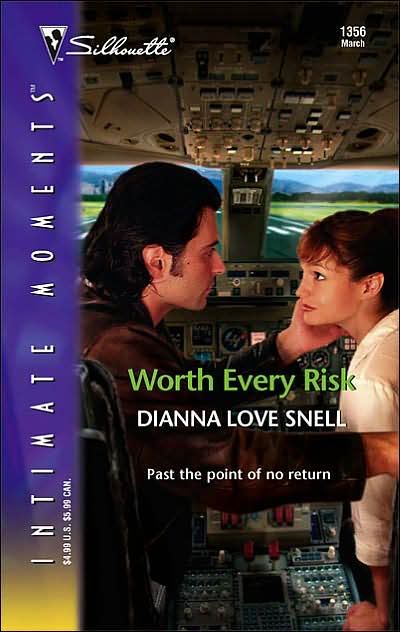
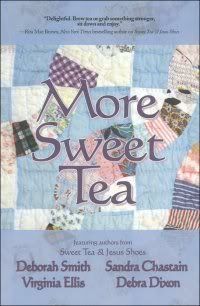
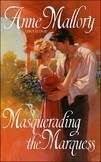
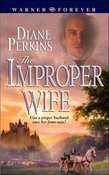
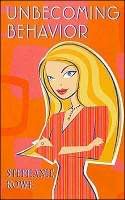
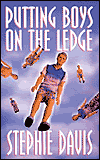
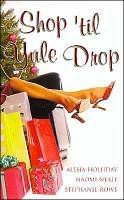
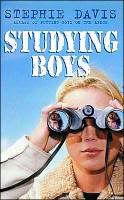
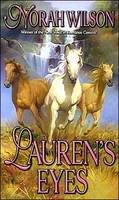
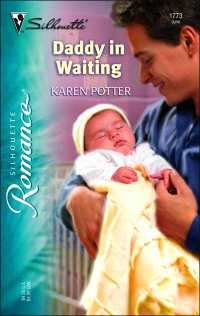
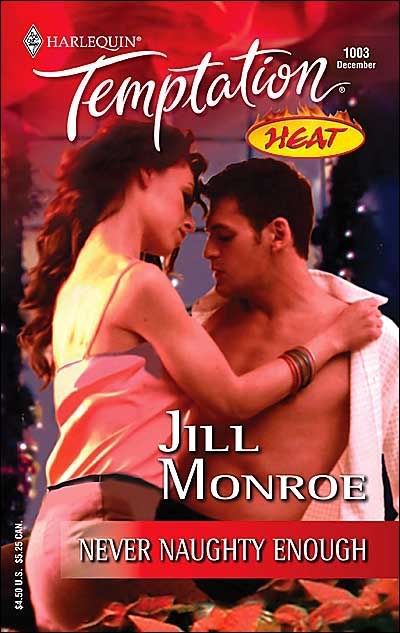





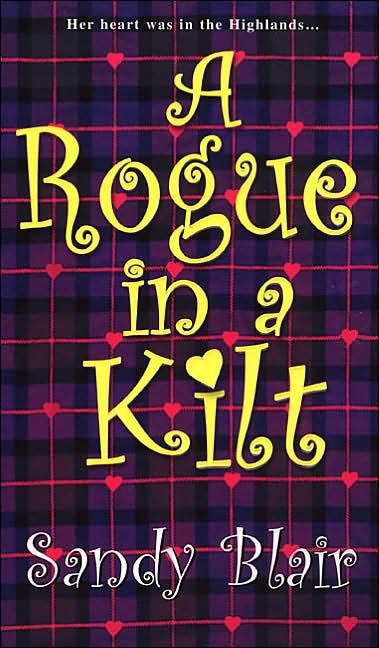

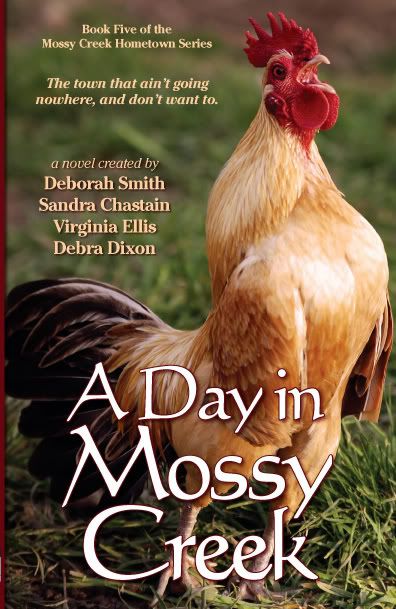

15 Comments:
A plotting weekend sounds wonderful, Debra! I know when I get together with a writer friend to plot, we both have headaches after 4 hours. :) It's hard work, but it always pays off! I like all your sticky note suggestions.
Your books are very detailed and vividly written and wonderfully told. I would love to see them on the shelves at Borders!
Speaking of Borders, this is the last day to have a chance at winning a $20 gift card to Borders. All you have to do is leave a comment for a chance to win! I will post the winner after eight o'clock tonight (march 31st)!
Thanks for sharing the great blog, Debra!
Thanks for the compliment, Theresa. :)
I'm checking in from work, cause even in a storm they refuse to disconnect the computers....
I am so in love with my notebooks. The pocket tip is brilliant, I'll remember that for next time. I am still on the fence about the storyboarding, mostly because I can't imagine where I would tuck it away in this busy house where my kids--or cats--wouldn't get to it. But it's a great idea.
And getting together with my CP's is a dream of mine. We need to work on it! :)
Hi, Debra....thanks for the post. I'm a pantser, so story boarding is difficult. Not that I haven't tried, I have, but failed. In fact, I now use the three section poster board as a tarp for my painting projects.
But I really like the idea, so maybe I'll try again. I think meeting with other writers would really help. My CP's especially. (Of course, the chocolate and wine weight gain would be a bummer)
I love you idea of a notebook with pockets. I'm always writing notes on whatever I have handy, then losing them.
A few weeks ago while going through receipts for the tax man, my dh came upon one where I'd written a note on the back after hearing a romance author speak at a conference. It said 'Have sex three times, the sooner the better'
My dh came into the kitchen, waving the scribbled-on receipt and said "Who are you, and what have you done with my wife?"
Thanks for the tips.
Debra,
A couple of my cp's do the storyboarding thing, and it really works well for them--Berta Platas and Michelle Roper, aka YA author Gillian Summers. We keep talking about doing a weekend like the one you mentioned. I'm going to have to try the storyboard.
Marianne,
The note your husband read made me hoot. Thanks for the laugh!
LOL Marianne!
I do love plotting with friends. If I drank wine at the same time, I don't know how helpful my ideas would be though. :) Chocolate would definitely help.
Marianne, your post made me laugh out loud. We deliberately didn't bring alcohol. Wine is for the writers retreats where we just have FUN not work.
I love that you include candy and baked goods as essential supplies! A plotting weekend sounds wonderful.
See that's a side effect of being French.
Various baked goods (French translation, croissant with wine)
Candy (bon bon's with wine)
Snacks (full throttle fat with wine)
I'm genetically predisposed to see it this way. (Note to self: have liver checked)
Although I'm a pantser, I did put together a synopsis for my third book at a writing retreat with two other posse members, Karen Potter and Moni Thompson. We met several years ago for a writing retreat. We worked indiviually and then got together to share in the evenings and bounce ideas off each other.
I don't do the notebook with pockets, but for each book I write I have a folder with pockets. I put pictures, newspaper articles, things I've printed off the internet and information I've gained from interviews that pertain to the book in the pockets. Then I know right where to find this information when I need it. And that's pretty good for a person my husband would describe as highly unorganized.
Merrillee
Debra,
I'm glad the storyboarding worked for you. I'm not a pantser, but storyboarding is a little too detailed for me. I tried it once, but sometimes I don't know exactly what's going to happen until I write it. I prefer a loose scene list that can be revised as I go along. And I use a folder with pockets or three-ring binder for each project, depending on the length. Folder for shorts, binder for full-length novels.
A writers' retreat sounds good. One of these days. ;)
Lyndi
I think the plotting weekend sounds wonderful, Debra.
I keep everything in my computer, but it functions just like your notebook. That's the luxury of spending so much time at the keyboard, I don't need a notebook to carry with me.
Marianne, I just have to hope you get audited! What will the IRS guy think???
What a great post! I think I could do this! MY furry kids are pretty good about not knocking things over. I like the idea of seeing the BIG PICTURE.
A plotting weekend sounds divine. Gillian, I vote we have it at Marianne's. The scenery from her writing studio is UNBELIEVABLE, ladies! I spewed tea all over my monitor at your "sex three times" comment. Too funny!
Boy, that sounds like a fun weekend, Debra.
It really helps me to see the big picture. Just because I'm a plotter doesn't mean I can keep it all in my head. I'm lucky to remember what I wrote 60 pages ago.
ROTFLMAO, Marianne!
Post a Comment
<< Home
Subscribe to Post Comments [Atom]